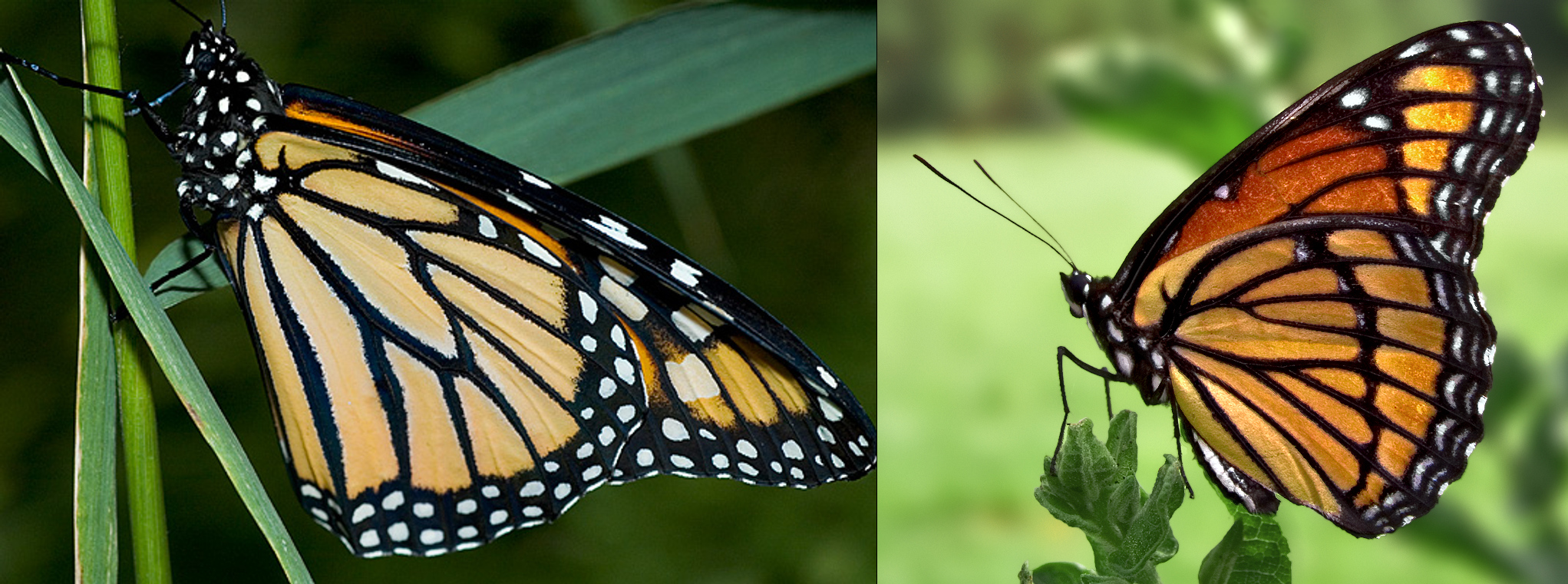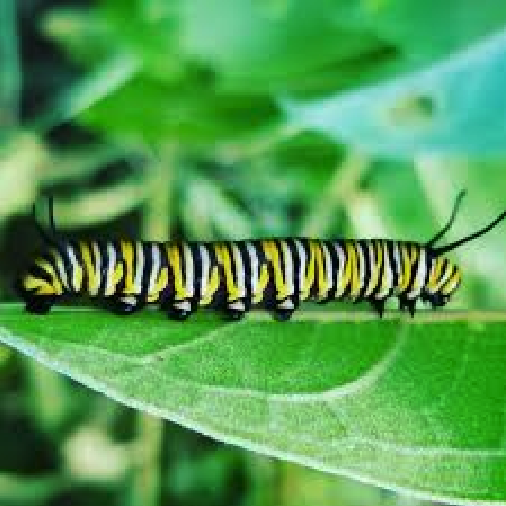
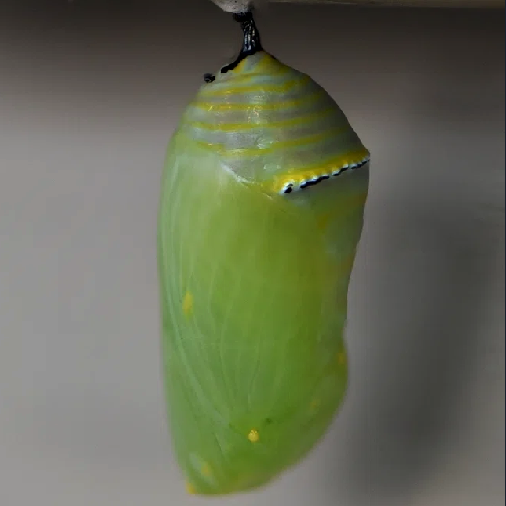
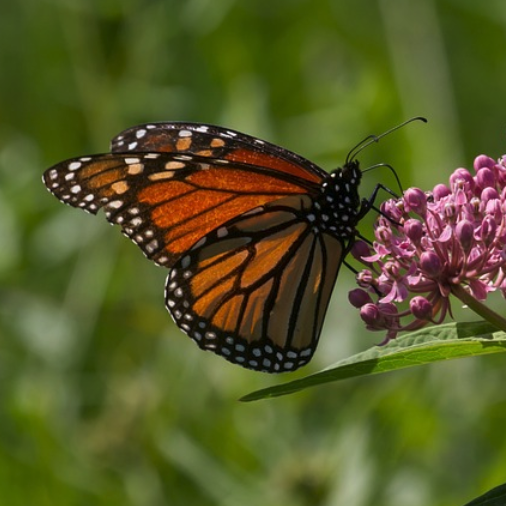



Monarch butterflies(Danaus plexippus) are keystone species! Monarch butterfly eggs are laid ONLY on milkweed. Milkweed is toxic, but not to monarch butterflies! These butterflies can tolerate and even store these toxins to defend against predators. In the winter, monarchs migrate and stay in warmer places for the winter.
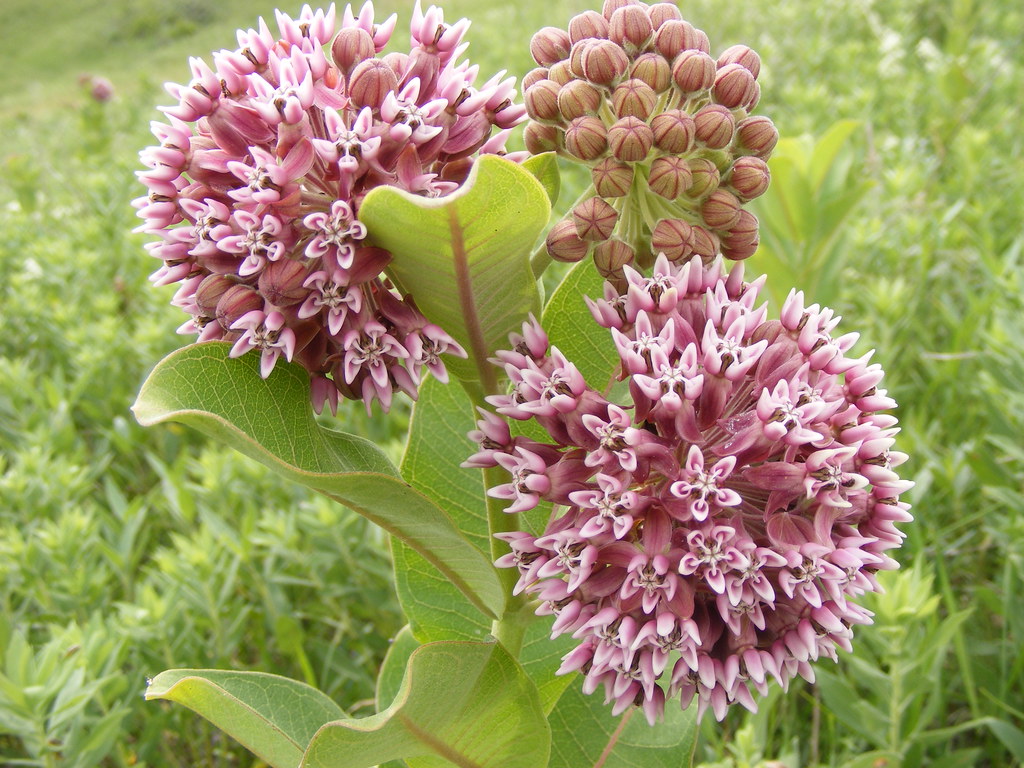
The eastern population decreased by 59% in 2024. This may be due to many factors such as lack of milkweed, climate change making conditions too hot for survival, pesticides harming butterflies, as well as habitat loss.
Monarch butterflies are toxic due to eating milkweed, a plant that they can tolerate but is harmful to other species. It and another species harmful to predators, the Viceroy butterfly, have evolved to look like each other in order to avoid being eaten by predators. This is an example of Müllerian mimicry.
